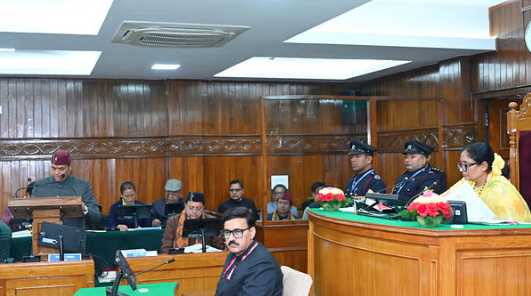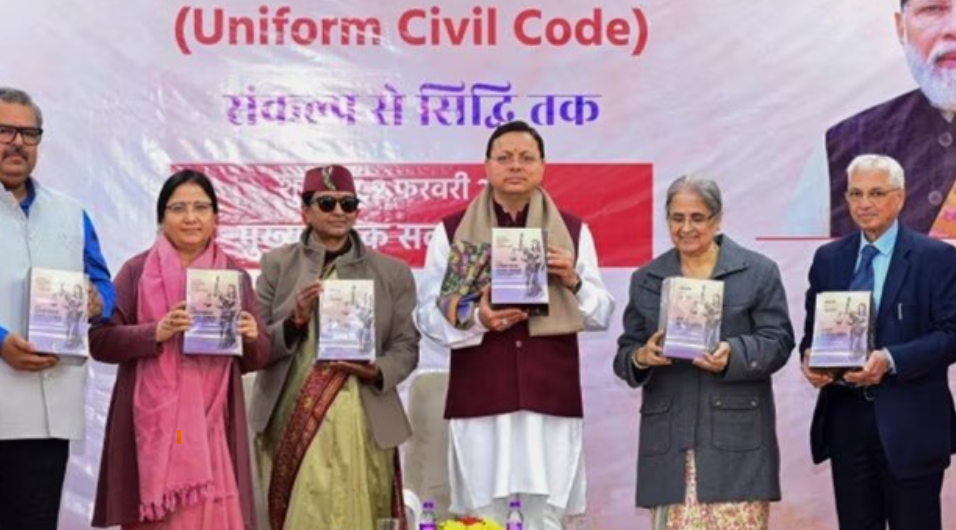Uttarakhand Finance Minister Premchand Aggarwal presented a ₹1,01,175.33 crore budget for the financial year 2025-26 in the Assembly on Thursday, marking a 13.38% increase from the previous year. This is the first time the state’s budget has crossed the ₹1 lakh crore threshold. During his speech, the minister reaffirmed the commitment to a “Developed India, Empowered Uttarakhand,” emphasizing the role of knowledge and the “Namo Mantra” in achieving this vision.
The budget allocates ₹59,854.65 crore for revenue expenditure and ₹41,220.68 crore for capital expenditure. The government anticipates revenue receipts of ₹1,01,034.74 crore for the new fiscal year. The finance minister termed it a tax-free budget, with a revenue deficit projection of ₹12,504.92 crore, which remains within the FRBM Act limits. Additionally, ₹14,763.13 crore has been earmarked for infrastructure projects.
The budget introduces several key allocations, including venture funds, riverfront development, an advisory service for UITDB, the Renuka Ji Dam project, a sports university, welfare funds for home guards, and dedicated schemes for ex-servicemen rest houses.
Key Allocations for Social Welfare and Infrastructure
- Pension Schemes: ₹1,811.66 crore
- Subsidy Schemes: ₹918 crore
- Annapoorna Scheme: ₹600 crore
- Pradhan Mantri Awas Yojana: ₹255 crore
- Jal Jeevan Mission: ₹1,843.44 crore
- Jamerani Dam Project: ₹625 crore
- Lakwar Project: ₹285 crore
- PMGSY for Roads and Bridges: ₹1,065 crore
Budget Allocation for UCC and Development Projects
The budget sets aside ₹30 crore for the implementation of the Uniform Civil Code (UCC), ₹10.28 crore for the Family ID scheme, ₹70 crore for gaushalas and stray animal care, ₹20 crore for infrastructural development in Gairsain, ₹60 crore for the Chief Minister Self-Employment Scheme, and ₹10 crore for the CM Migration Prevention Scheme.
“Namo Budget” for Uttarakhand’s Growth
The finance minister described the “Namo Budget” as being based on four pillars: innovation, self-reliance, heritage preservation, and human resource development. The budget promotes paperless registration, biometric authentication, energy-efficient pumps, smart meters, and projects like Science City. Special focus areas include agriculture, tourism, startups, artificial intelligence, and infrastructure development.



